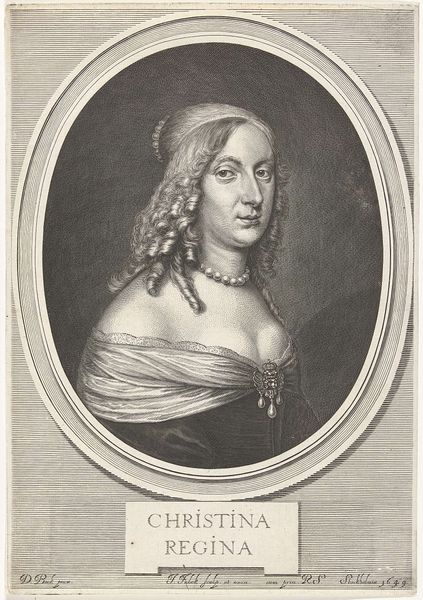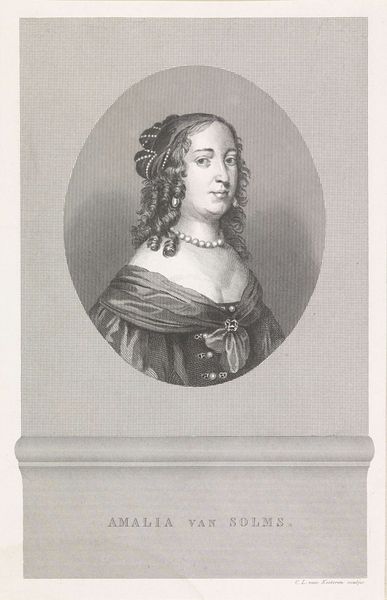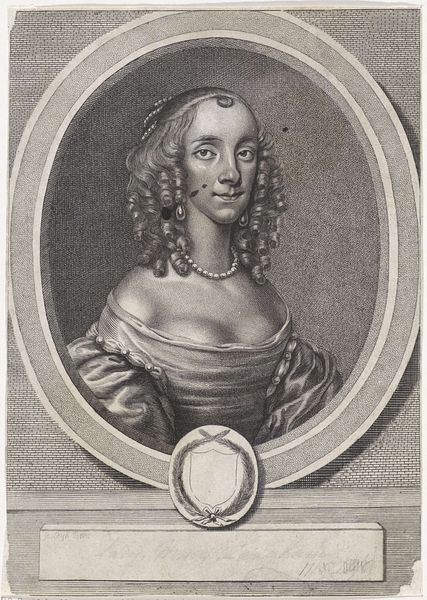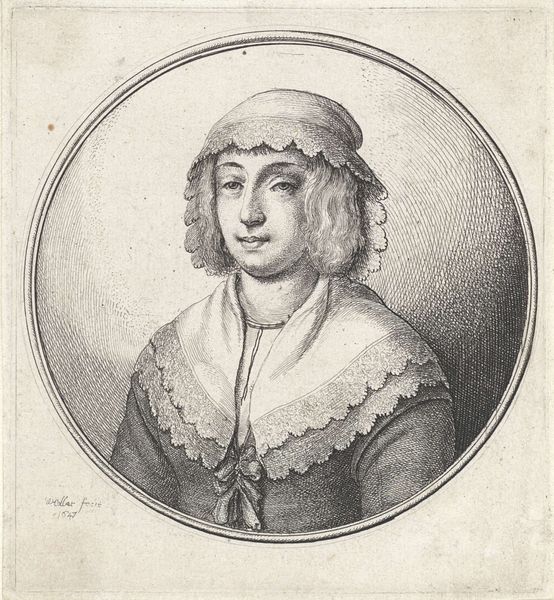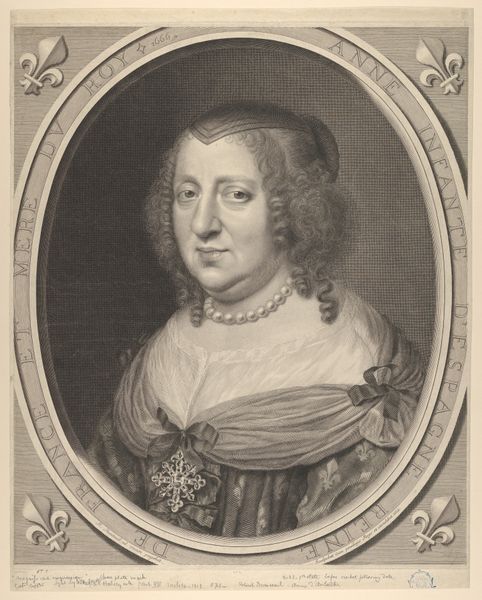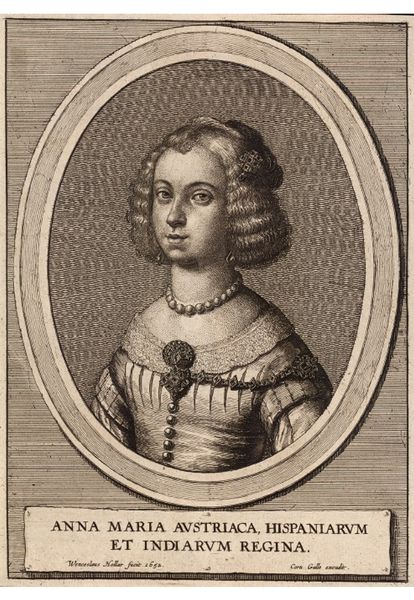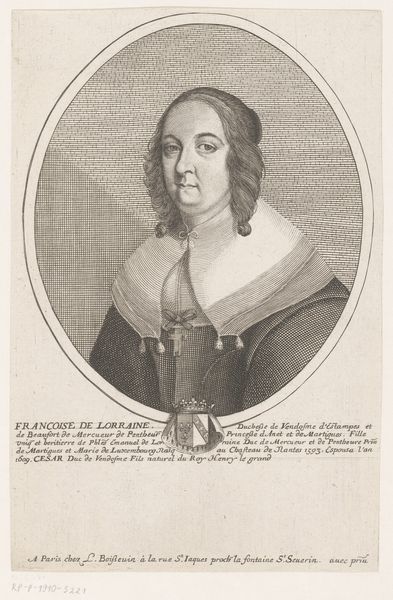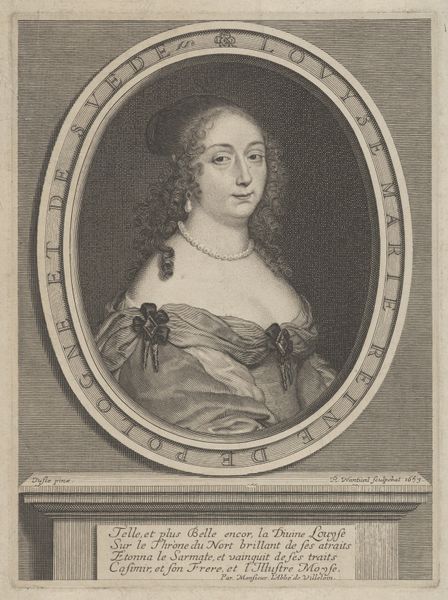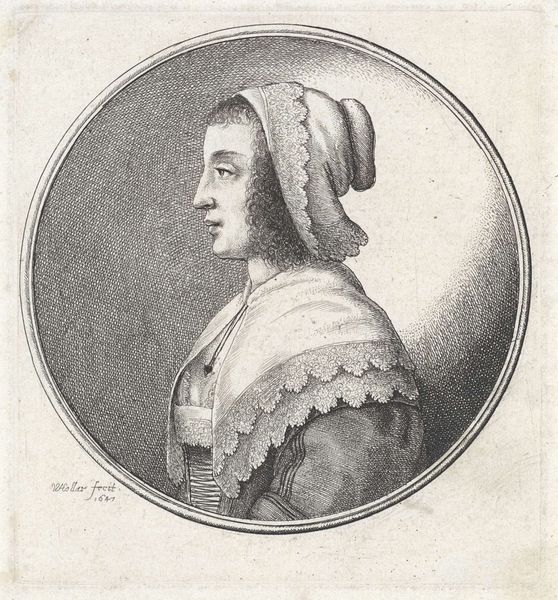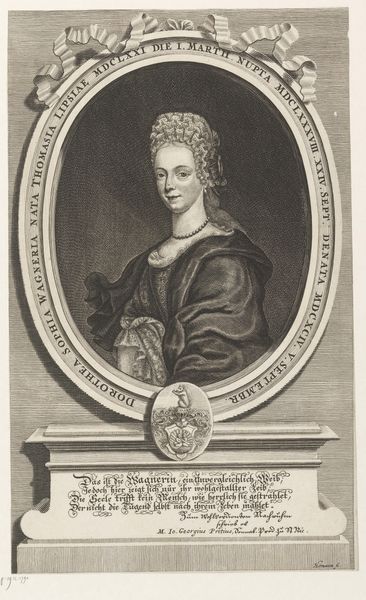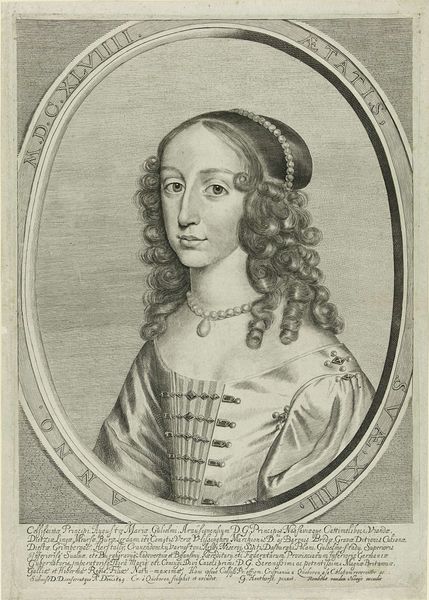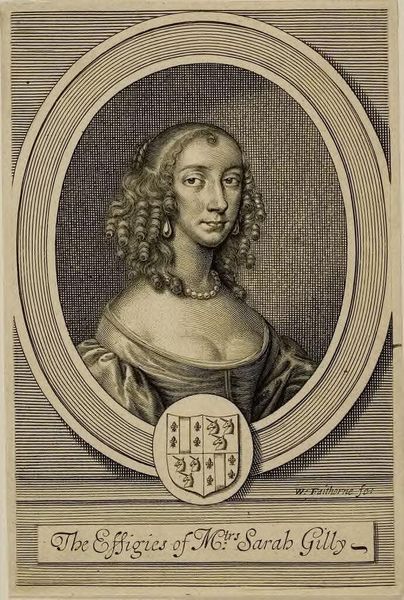
#
pencil drawn
#
light pencil work
#
quirky sketch
#
pencil sketch
#
old engraving style
#
personal sketchbook
#
pencil drawing
#
sketchbook drawing
#
pencil work
#
sketchbook art
Dimensions: height 177 mm, width 112 mm
Copyright: Rijks Museum: Open Domain
Curator: Before us is Willem van Senus' "Portret van Maria Louisa van Hessen-Kassel", made sometime between 1787 and 1834. Editor: It has this kind of light, sketch-like quality to it, as if snatched from a personal sketchbook. Very intimate for a formal portrait. Curator: Indeed. What strikes me is how this seemingly simple portrait subtly reveals the socio-political landscape. Maria Louisa was, after all, a significant figure in Dutch aristocracy. Consider the very act of commissioning such a portrait – its role in upholding a certain public image. Editor: Absolutely. But let’s not forget the actual pencil work, though. Look at the texture achieved through what seems like rapid, almost nervous strokes. It begs the question: was this meant for public consumption, or was it a study? The labor itself is quite visible – the repetitive movements, the careful building of shadows, all evidence of Senus’ hand. Curator: A very pertinent question. This piece, displayed in the Rijksmuseum, speaks volumes about evolving notions of artistic production. Was it considered a disposable draft, a means towards a 'better' artwork? Editor: That touches upon the social history of art markets. Someone deemed this sketch worthy of preservation and display, giving value to its "imperfect" aesthetic. Curator: And look at the framing of this person as “Maria Louisa Landgravin van Hessen-Kassel Vorstinne Douariere van Oranje-Nassau". It explicitly frames and reframes her identity based on her multiple societal titles. The image and its inscribed description are both working together to make a strong claim about class. Editor: This close attention to her role is quite indicative, but also highlights a crucial shift in our understanding of 'high' and 'low' art. We're granting value and recognition to the creative process itself, the skill and material choices made by Willem van Senus, pushing back against art hierarchies. Curator: I agree, the image asks us to confront how history itself has played a hand in curatorial agendas. Editor: So in the end we are given more than a look into history, but into the work and making of history itself.
Comments
No comments
Be the first to comment and join the conversation on the ultimate creative platform.
